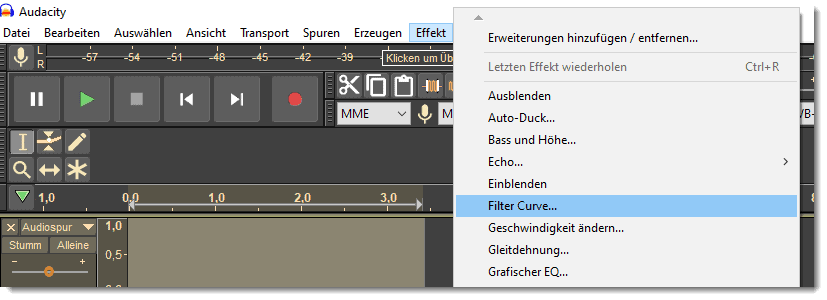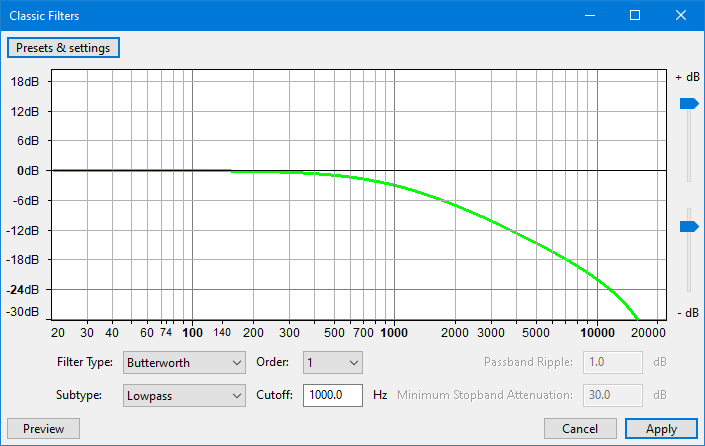


Equalizers look different depending on the plugin you’re using. We’ll cover the EQ steps that every podcast creator should be taking with their vocal tracks in order to achieve a better and more professional sound.ĮQ refers to the shaping of an audio’s sound through a process of boosting or cutting certain frequencies along the audio’s electronic signal. Today we’re explaining one of the most basic types of processing: equalization, or EQ. There are a number of post production effects, also known as FX, that can help you craft a more pleasing sound for your podcast. This can be useful for precision adjustments at high frequencies.With podcasts and any kind of audio, the raw sound you record is rarely going to be the end product that people hear. When checked, the frequency scale is linear, displaying equal frequency ranges for each unit of the scale. This corresponds roughly to our greater sensitivity to lower frequencies.

The green curve is the one that Audacity actually uses to perform the effect, taking into account the limitations of the equalization algorithm. To remove a control point, drag it outside the graph. Doing either creates a control point at that position, then creating further control points draws the curve. The blue curve is drawn by either clicking in the graph at any position, or clicking on the blue curve and dragging it to a position.

The white circles are called "control points".


 0 kommentar(er)
0 kommentar(er)
